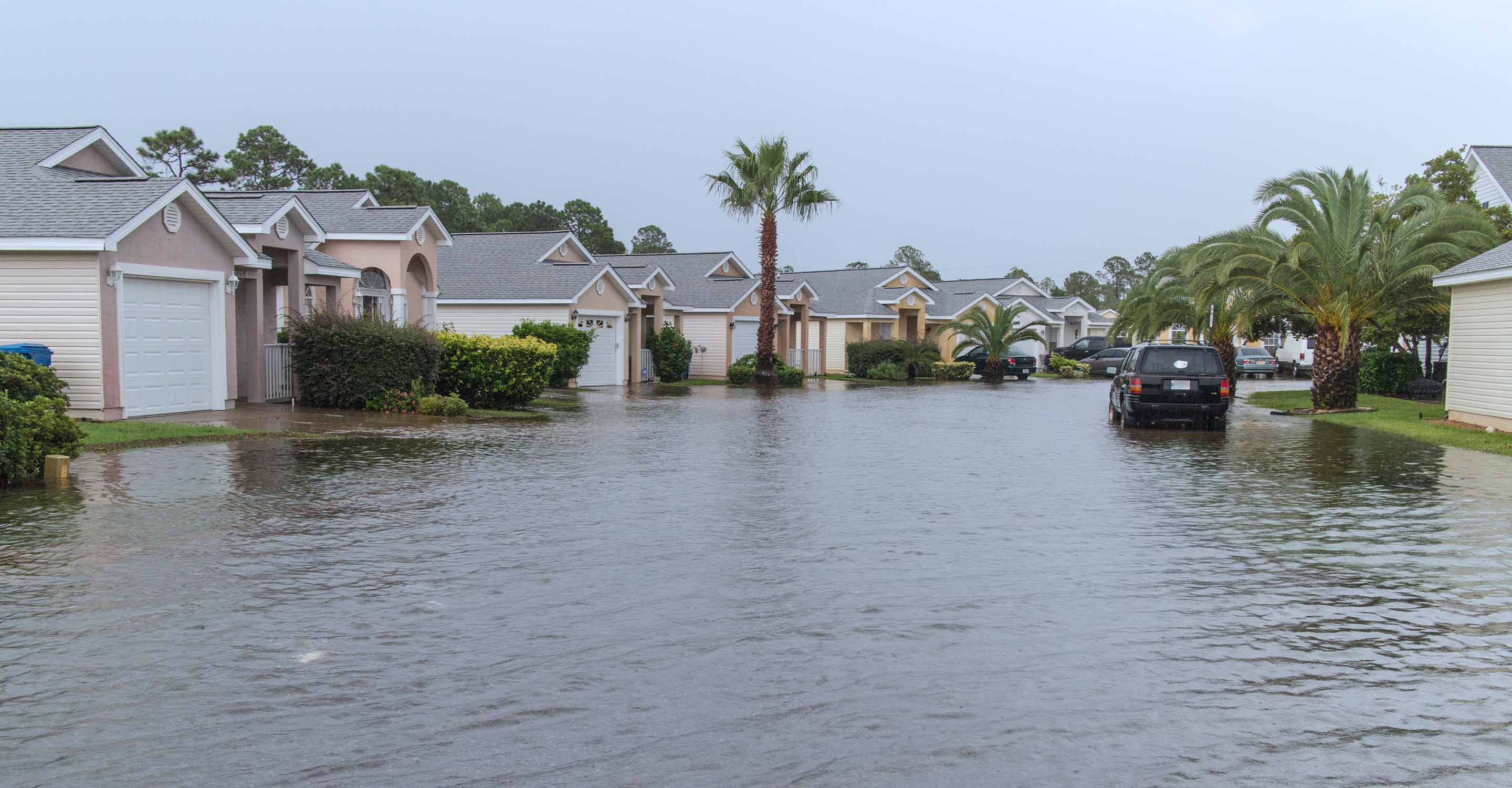Samara air quality map
Live air pollution map of Samara
22.1K people follow this city
Full screen
Contributors category
0
Government
0
Educational
0
Non-profit organization
0
Corporate
0
Individual
0
Anonymous
Station(s) operated by

*IQAir’s AQI data modeled using satellite data. Learn more
Health Recommendations
| Sensitive groups should reduce outdoor exercise | |
| Close your windows to avoid dirty outdoor air GET A MONITOR | |
| Sensitive groups should wear a mask outdoors GET A MASK | |
| Sensitive groups should run an air purifier GET AN AIR PURIFIER |
Samara does not have air sensor data
Be the first to measure and contribute air quality data to your community.
Understand air pollution and protect yourself
Samara MAP AIR QUALITY ANALYSIS AND STATISTICS
What information can be found on the air pollution map for Samara?
The air pollution map for Samara is very easy to find from the main city page. A picture of the map appears at the top of the city page and by clicking anywhere on the map, a new page will open showing all the information about the air quality in the region.
The first thing to notice will be the overall colour of the background of the map. It is currently a greenish/yellow which would indicate “Moderate” air quality. The meaning of all the colours is shown in the legend at the foot of the page.
Because not all cities throughout the world have ground-level air monitoring stations, some data is calculated using satellite imagery. On the main city page, the viewer will see an asterisk to the right of the US AQI number. This means that all the data is collected from overhead satellites.
This US AQI number is calculated by measuring the levels of six of the most commonly found air pollutants. The resultant figure can then be used as a standard when comparing air quality in other cities around the world. In August 2022, Samara was going through a period of “Good” air quality with a US AQI reading of 29. The main pollutant measured was PM2.5 with a level of 7.1 µg/m³. This figure is almost one and a half times higher than the target figure of 5 µg/m³ as recommended by the WHO.
Does the air pollution map for Samara hold any other useful information?
When the air pollution map for Samara is viewed in full-screen mode, there will be four choices on the left-hand side of the screen.
The first option would show the location of all the ground-level air monitoring stations, but as stated in the first paragraph, Samara has none of these as it relies on satellites for its information regarding air quality. The second choice will show if there are any fires burning in the vicinity of the city. In August 2022, there were no fires burning in the area. The fourth option shows the direction of the prevailing winds and gives an indication to their speed. This is useful if there are any fires as it will give a good indication as to where the smoke will blow.
The third option is perhaps the most dramatic as it can change the overall background colour of the map. Some viewers may find it to be too confusing so, once deactivated, the map colours revert to a more conventional colour palette.
Across on the right-hand side of the screen can be found a table which ranks world cities according to their levels of pollution.
Can areas of high pollution be seen on the air pollution map for Samara?
Because there are no ground-level stations in Samara it is not possible to identify areas of high pollution. Local people may know where the industrial zones are which generally suffer from higher levels of pollution. Very often the city centre shows elevated levels too due to the amount of traffic using the roads each day.
Is the source of the polluted air visible on the air quality map for Samara?
It is not possible to identify such areas because the information is not available, however, the Samara region is home to the largest automobile plant, AvtoVAZ, and other enterprises that are part of the value chain associated with it.
There are no areas with extremely high levels of air pollution in the region. The “dirtiest” areas in terms of atmospheric air are the Kuibyshev region of Samara and the Central region of Togliatti. According to the Centre for Environmental Pollution Monitoring of our institution, the main sources of air pollution in the region are petrochemical enterprises, oil refining, construction and energy industries, and road and rail transport. Impurities that are fixed in the air are nitrogen oxides, hydrocarbons, and formaldehyde, the main source of which is motor vehicles. According to the average annual values for 2021, the indicators of these substances exceeded the norms in all regions of Samara.
PM2.5 is used as a benchmark on the air pollution map for Samara, but how harmful is it?
PM10 is particles of a substance with a diameter of 10 micrometres (µm) or less, and PM2.5 is particles of a substance with a diameter of 2.5 µm or less. In general, PM2.5 can be described as fine particles. For comparison, the thickness of a human hair is about 100 µm. Particles of this size make up the majority of dust and go deep into the lungs, as opposed to larger particles that end up in the nose, mouth or throat.
The chemical composition of fine dust present in the atmosphere of large cities can be different and depends on several factors, such as the proximity of roads, construction sites, and various industries.
Anthropogenic sources include internal combustion engines (both diesel and gasoline), solid fuels (coal, lignite, heavy oil and biomass) burned for power generation in the domestic sector and in industry, other industrial activities (construction, mining minerals, cement, ceramics and bricks and smelting), as well as road erosion due to traffic and abrasion of brake pads and tyres.
Secondary particles are formed in the air as a result of chemical reactions of gaseous pollutants. They are the product of the atmospheric transformation of nitrogen oxides, which are emitted mainly by road transport and some industrial processes, and sulphur dioxide from the combustion of sulphur-containing fuels. Secondary particles are mainly contained in finely dispersed PM.
Inhalation of harmful particles of any size is associated with significant health threats including asthma, chronic bronchitis, and decreased lung function. Studies have also shown that children, whose health is more fragile, are most at risk from air pollution. Children breathe faster than adults, and their lungs are still developing, which leads to a stronger effect on their bodies of particulate matter. They also spend more time outdoors and they often breathe through their mouths which allows the particles to pass unfiltered into their bodies.
Air pollution is hard to avoid no matter how wealthy the area you live in is. Microscopic air pollutants can penetrate our body's defences, penetrating deep into the respiratory and circulatory systems and destroying the lungs, heart and brain.








